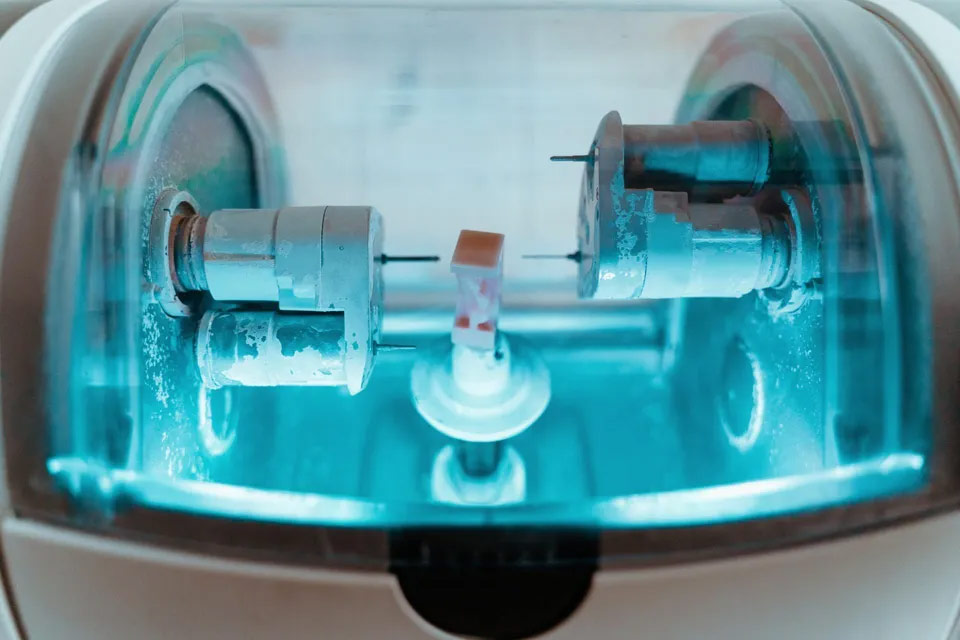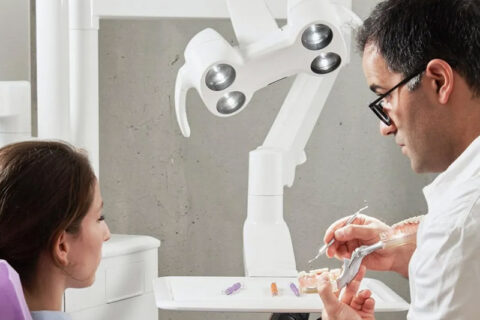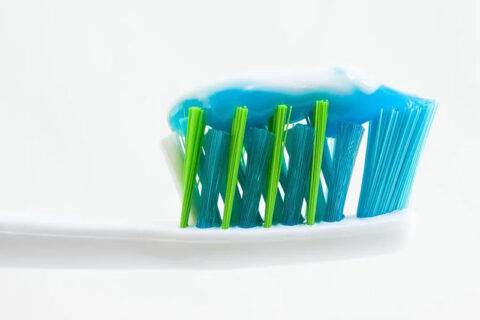Quality Dental Care in Brambleton, Virginia
Are All Dental Crowns Created Equal?

A crown for a front tooth is a relatively standard dental procedure in that the tooth has to be prepared in a similar way to restore normal form and function. However, there are other variables to consider. We provide quality dental care in Brambleton, Virginia and will go through these variables in this article.
One of the most important factors adding to cost is the quality of the crown itself. Another fact is that dentists generally sub-contract out crown manufacturing to a dental laboratory technician, as they rarely make crowns themselves. Besides, a dental technician is also an artisan, an expert trained in the art of making crowns among other laboratory procedures.
Many factors go into the fabrication of a superlative crown, the final result of a close working relationship between your dentist and the dental technician. How well they communicate with each other is key to making the most natural looking crown that will match your other front teeth.
Crown fabrication costs depend upon the materials used and the time needed to create them. For example, a crown made with higher quality porcelain (and sometimes with gold for added strength) results in a strong crown with the most life-like appearance. However, a large part of how a crown looks depends upon expertise and artistry. A plain white, uniform “Chiclet,” versus a beautiful translucent replica of nature, requires different degrees of artistry, and better art tends to cost more. Some dentists will use different technicians for differing levels of quality work, which will be reflected in the final cost of the crown. So you can begin to understand why costs may vary.
And then there are the personal choices that you have prior to accepting a crown. For example, you need to voice your opinion in choosing your crown’s color before it is made, and in reviewing the final product before it is permanently attached to your tooth. Prior to cementing or bonding a restoration such as a crown or veneer, be sure that the final product meets your expectations. Because crown aesthetics can be very subjective, their beauty is very much in the eyes of the beholder. Both your input and your dentist’s professional guidance should come together in giving you the smile you want.
In addition, to help you make those decisions, a dentist may make a trial or provisional crown so that you can literally see what your permanent crown will look like and whether it blends well with your smile. It also helps you determine if it is compatible with the health of your gum tissues and whether or not you can eat and talk normally — all this in addition to its aesthetic value. With a provisional crown (as opposed to a routine temporary crown), all the details are worked out ahead of time; however, there actually may be an additional charge for it, another difference that may add to the final price. Once you approve, your final crown is replicated to match the blueprint provided by the provisional, except that the final materials are longer lasting and of better quality.
Other factors play into why dentists have different charges for the same procedure. Included, are the economics of running a practice, your dental insurance limitations, and other non-clinical considerations that are beyond the scope of this consultation, but are nevertheless important factors. Ultimately, the differences in price may boil down to time, skill, and quality. Quality in this case is synonymous with art in many ways, and how does one put a price on that — when the value will vary from individual to individual?

